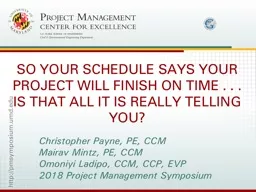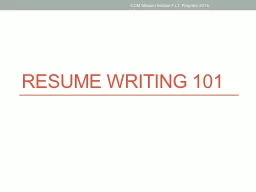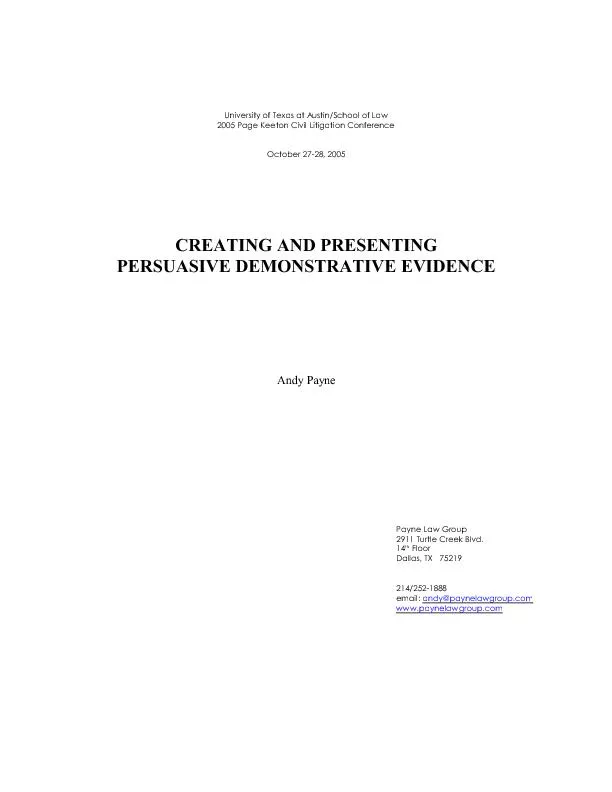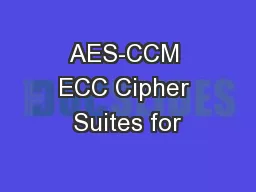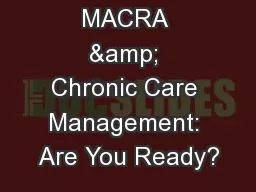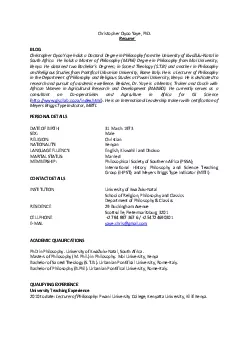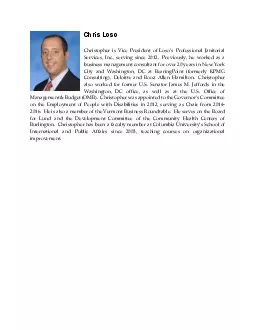PPT-Christopher Payne, PE, CCM
Author : kittie-lecroy | Published Date : 2018-11-09
Mairav Mintz PE CCM Omoniyi Ladipo CCM CCP EVP 2018 Project Management Symposium So your schedule says your project will finish on time is that all it is really
Presentation Embed Code
Download Presentation
Download Presentation The PPT/PDF document "Christopher Payne, PE, CCM" is the property of its rightful owner. Permission is granted to download and print the materials on this website for personal, non-commercial use only, and to display it on your personal computer provided you do not modify the materials and that you retain all copyright notices contained in the materials. By downloading content from our website, you accept the terms of this agreement.
Christopher Payne, PE, CCM: Transcript
Download Rules Of Document
"Christopher Payne, PE, CCM"The content belongs to its owner. You may download and print it for personal use, without modification, and keep all copyright notices. By downloading, you agree to these terms.
Related Documents

